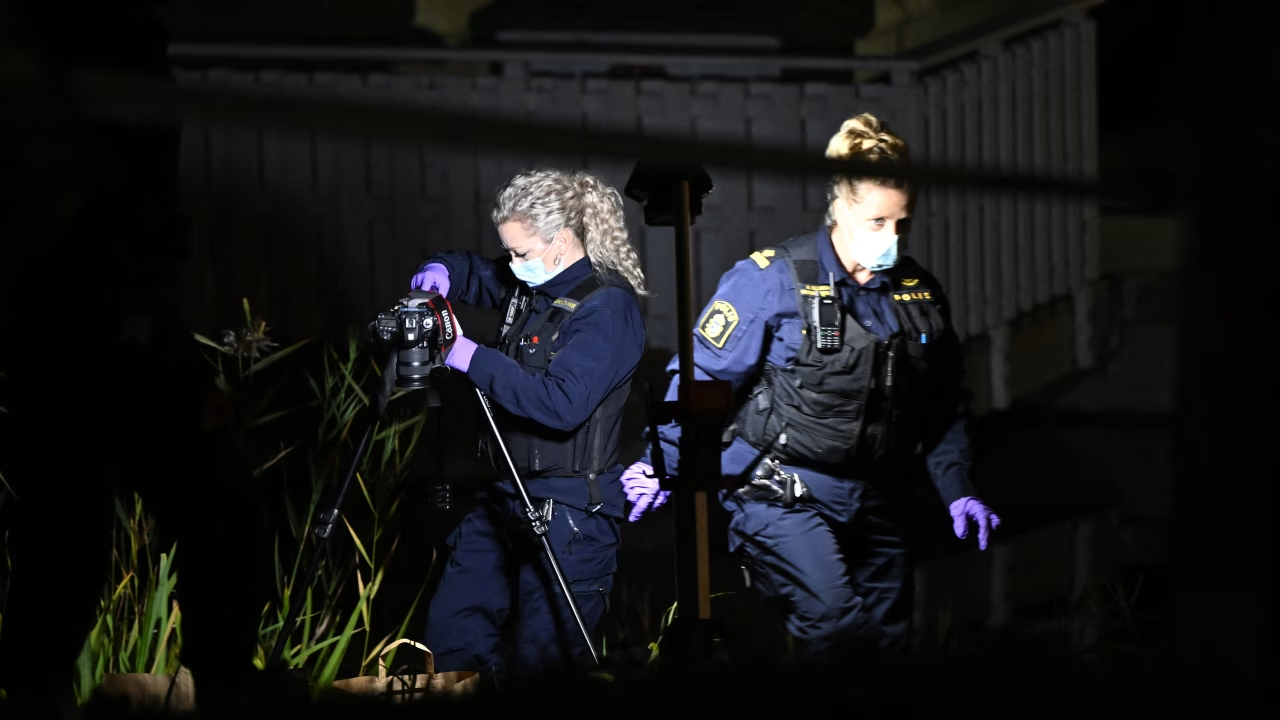The solemn and sacred process of electing a new pope continues as the College of Cardinals reconvenes in the Sistine Chapel for another round of voting following an inconclusive first ballot. The world watches with bated breath as the cardinals, sequestered in the Vatican’s iconic chapel, deliberate under Michelangelo’s breathtaking frescoes to choose the next leader of the Roman Catholic Church.
The Conclave Process: A Tradition Steeped in Secrecy
The papal conclave is one of the most ancient and secretive electoral processes in the world. When a pope dies or resigns, the cardinals—all under the age of 80—gather in Vatican City to elect his successor. The voting takes place in the Sistine Chapel, where cardinals are sworn to secrecy under penalty of excommunication.
Each ballot requires a two-thirds majority for a candidate to be elected pope. If no clear winner emerges, black smoke rises from the chapel’s chimney, signaling to the faithful in St. Peter’s Square that the Church remains sede vacante (without a pope). Only when white smoke appears does it mean a new pontiff has been chosen.
First Ballot Fails: No Clear Consensus
The initial vote, held after days of intense discussion and prayer, did not produce a decisive result. Sources suggest that the cardinals remain deeply divided over the direction of the Church, with factions supporting different theological and administrative visions. Some cardinals favor a continuation of Pope Francis’s progressive reforms, while others advocate for a return to traditional doctrine.
The failure of the first ballot is not uncommon—historically, conclaves often take multiple rounds before reaching a consensus. The last election in 2013 saw Pope Francis elected on the fifth ballot, while his predecessor, Benedict XVI, was chosen in just four rounds in 2005.
What Happens Next?
With no winner declared, the cardinals will continue voting up to four times per day (twice in the morning and twice in the afternoon) until a new pope is elected. Between ballots, they engage in private discussions, seeking guidance from the Holy Spirit to discern the right candidate.
Several names have emerged as potential frontrunners:
-
Cardinal Péter Erdő of Hungary: A respected theologian seen as a bridge between conservative and moderate factions.
-
Cardinal Luis Tagle of the Philippines: A charismatic figure known for his pastoral approach and strong advocacy for the poor.
-
Cardinal Matteo Zuppi of Italy: A mediator who could unite differing wings of the Church.
-
Cardinal Christoph Schönborn of Austria: A reform-minded yet doctrinally orthodox candidate.
The Weight of the Decision
The election of a pope is not merely an administrative decision—it shapes the future of over 1.3 billion Catholics worldwide. The next pontiff will face pressing challenges, including:
-
Declining Church attendance in the West
-
Growing secularization and opposition to Church teachings
-
Financial and sexual abuse scandals
-
The need for interfaith dialogue in a polarized world
-
The role of women and laypeople in Church governance
Given these complex issues, the cardinals are under immense pressure to select a leader who can guide the Church with wisdom, compassion, and strength.
A Moment of Global Anticipation
As the cardinals return to the Sistine Chapel, Catholics and non-Catholics alike await the outcome with a mix of hope and curiosity. The election of a pope is a rare moment when ancient tradition intersects with modern global attention.
For now, the world watches the chimney atop the Vatican, waiting for the next puff of smoke—black for more deliberation, white for a new era in the Catholic Church.
Conclusion: A Decision Guided by Faith
The papal conclave is a profound spiritual exercise, one that transcends politics and personal ambition. The cardinals believe they are instruments of divine will, tasked with selecting the next Vicar of Christ. Whether the next pope emerges in the next ballot or days from now, his election will mark a pivotal chapter in the history of the Catholic Church.
Until then, the faithful pray, the cardinals deliberate, and the world waits.



